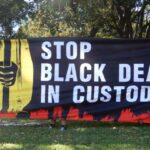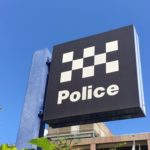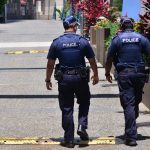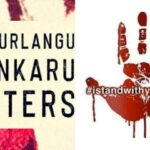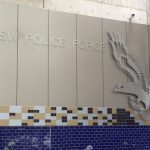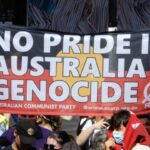When Can Police Shoot to Kill?
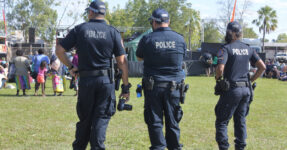
Police in the Northern Territory have been accused of failing to provide important evidence in the criminal prosecution of a young Indigenous man they tasered and repeatedly shot earlier in Darwin on 8 March 2022.
The story so far
Twenty year old Peter Skeen was holding a traditional weapon – a spear – when he was confronted by police in Darwin. After allegedly failing to put down the spear, police tasered him and shot him several times. The young man sustained serious injuries but survived.
The Territory’s police have acknowledged shooting the teen but claimed not to know how many bullets entered his body, despite the two officers involved in the incident wearing body cameras at the time.
They were ordered to serve the evidence upon which they rely in prosecuting him, but have so far failed to do so.
Alleged attempt to throw spear
Assistant Police Commissioner Michael White says Mr Skeen attempted to throw his spear at police officers and was repeatedly warned drop it, before police tasered and shot him in fear for their lives.
The body cam footage could shed light on what actually occurred, but police have not served it on the defence.
The young man has been charged with being armed in public, assaulting a police officer in the execution of duty and engaging in conduct that endangers life.
The matter has been adjourned until June 2022, and police have been re-ordered to serve their evidence on the defence before this time.
Mr Skeen is recovering in hospital and is expected to be discharged in several weeks.
Failure to provide evidence
In contravention of a previous court order, police have failed to serve the brief of evidence on the defence – only providing a single officer’s statement.
Both the shooting and failure to provide evidence have angered the young man’s family and the Territory’s Indigenous community.
Don Dale detention centre
Mr Skeen was a past inmate of the notorious Don Dale Youth Detention Centre, where grave abuses of human rights were systemic for many years.
The facility was the centre of a Royal Commission into youth detention in the Northern Territory, after it was discovered that children were being shackled to chairs, hooded, tear-gassed and held in solitary confinement for more than 14 days at a time.
The Royal Commission ultimately found the boys had been subjected to “repeated and distressing mistreatment”, and after delivering its final report, referred a number of cases to the Northern Territory police.
Police ultimately investigated a number of guards who were accused of horrific treatment of the children in their care, but decided not to press charges.
The facility is still in operation, despite promises it would be closed. Criticism levelled against it includes the fact it is old and run down, and is an inappropriate place to detain children, a disproportionate number of whom are Indigenous.
Shoot first and ask questions later
In the eyes of many, the shooting of Mr Skeen is yet another example of the “shoot first and ask questions later” approach by police forces across the nation.
It also highlights, yet again, our nation’s long history of police violence against Indigenous Australians.
Mr Skeen was shot only days before NT Constable Zachary Rolfe was acquitted at trial of murdering Aboriginal teenager Kumanjayi Walker in 2019. Constable Rolfe shot the 19-year-old three times during an attempted arrest.
Millions have been spent on investigations, internal reviews, surveys, studies and Royal Commission Inquiries and yet, here we are again – facing circumstances where a young indigenous man was shot, justifably according to the police, even though they are yet to provide detailed information to his criminal defence lawyers.
When can police use ‘lethal force’?
In Australia, police officers are trained to use weapons as a measure of last resort, and are only meant to shoot to kill if this is done in self-defence – in other words, if there is an imminent threat and the shooting is a reasonable response to that threat.
Any shooting which is done other than in self-defence is generally considered to be a criminal offence.
According to police information, officers receive regular training regarding the rules relating to the use of weapons, including tasers and firearms.
Police are required to make an assessment of risk factors, often in the heat of the moment, but there’s a growing consensus in Australia that the threshold for proof that lethal weapons were justified in a particular situation is too low.
Research also suggests that armed police officers do not necessarily make communities safer.
If a police officer does discharge a firearm in an incident with the general public, there will always be an internal investigation. If there is a death, there will be a coronial inquest.
The terrorism exception in NSW
Firearms laws vary from state to state, and experts say that these generally fall into line with international standards, with the exception of New South Wales which has a law which allows use of firearms against suspected terrorists, even where no imminent threat to the public is perceived.
Furthermore, the legislation provides police officers with immunity from prosecution if they kill people in these situations, even if it is subsequently determined that the officers were negligent, or that the killings were not necessary, or in error.


